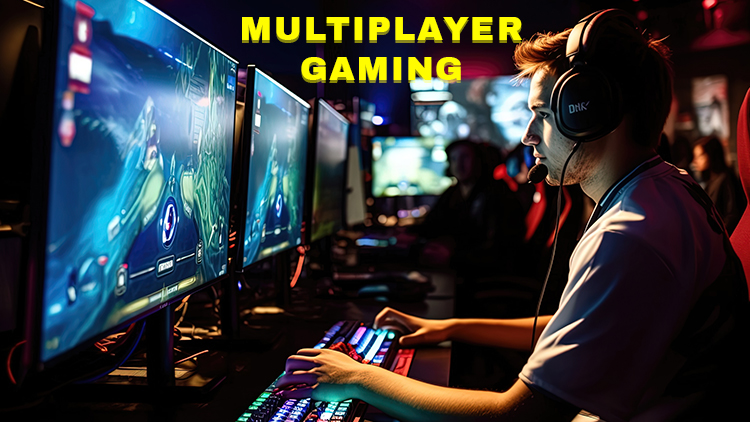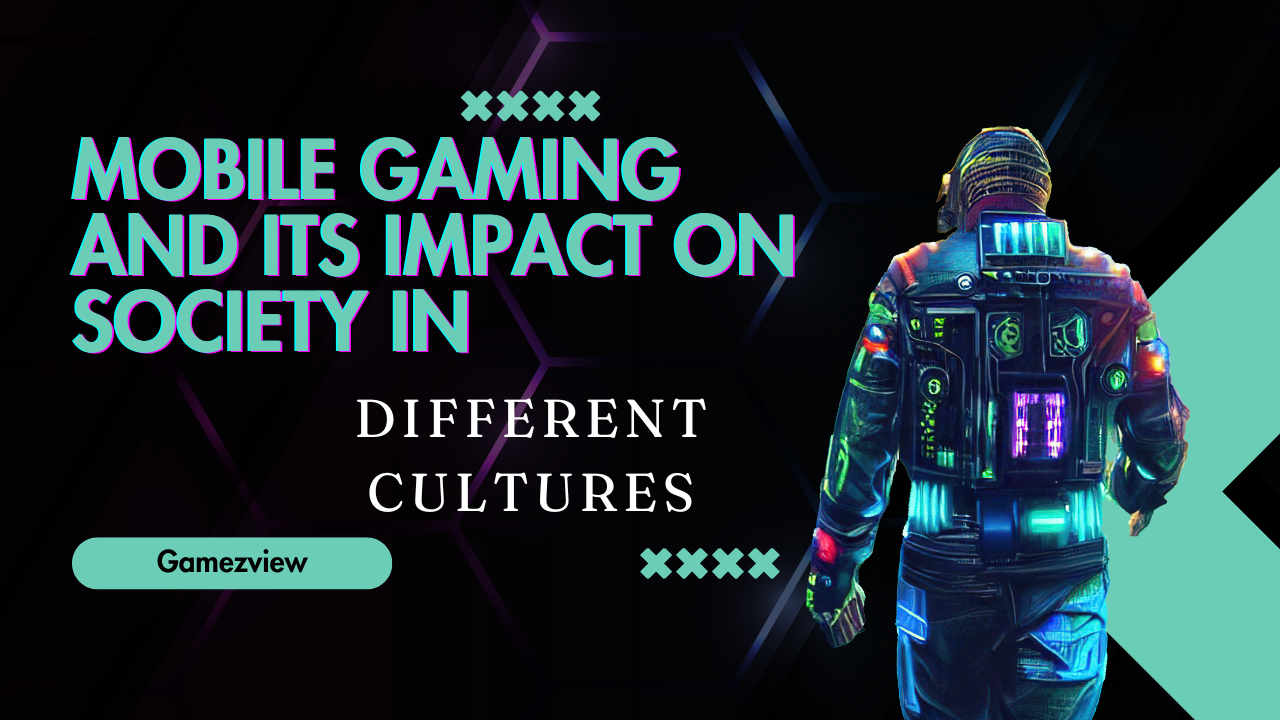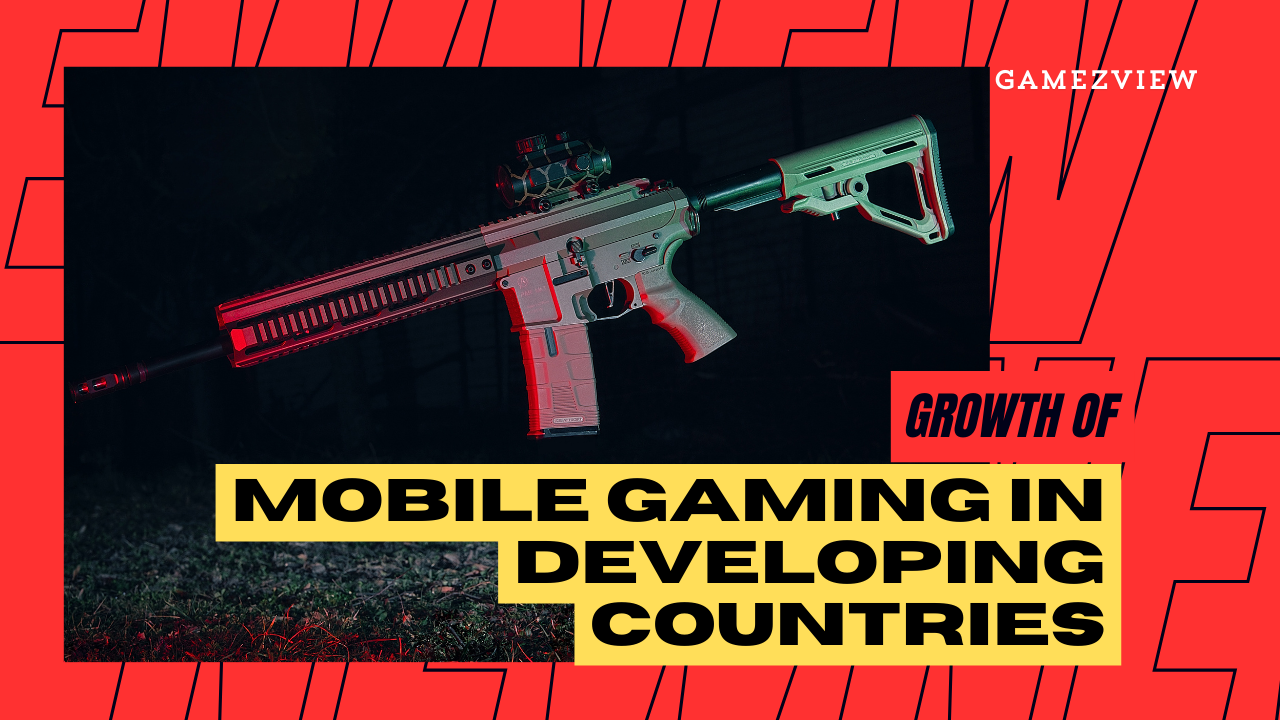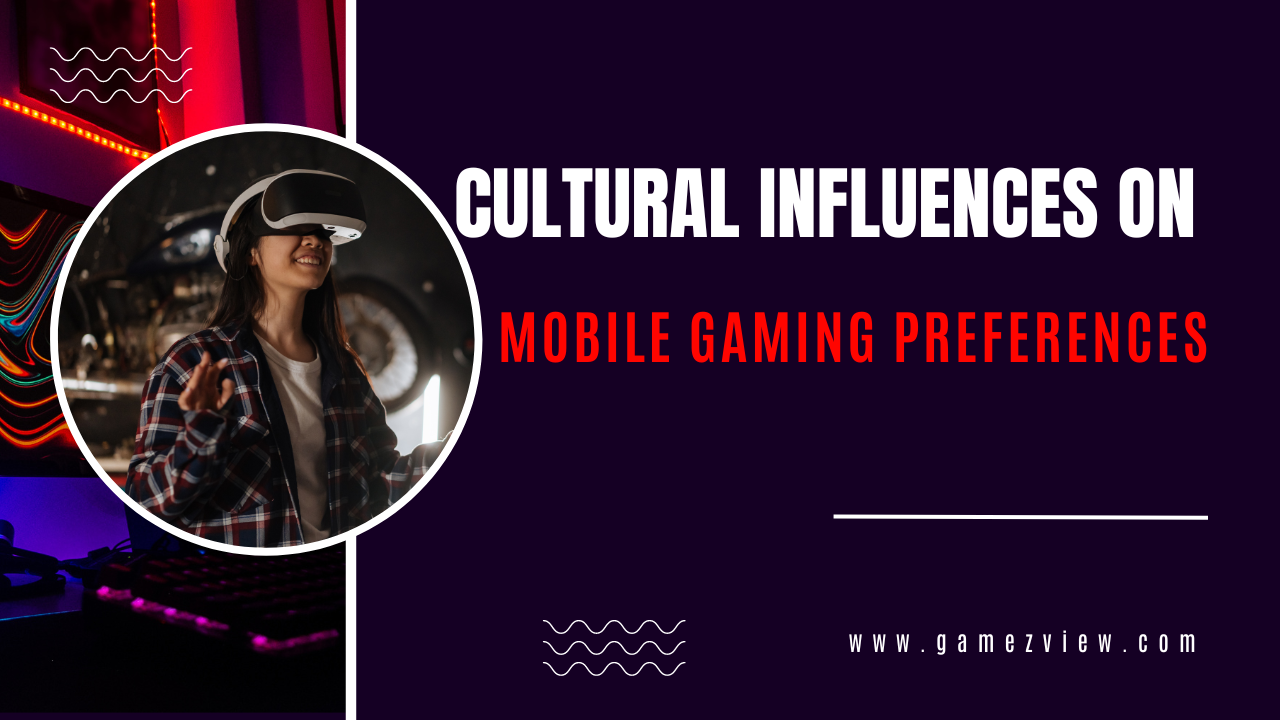Multiplayer gaming has undergone a remarkable evolution over the years, transforming from local gatherings of friends to global online communities. This evolution has been driven by advancements in technology, changes in gaming culture, and the desire for social interaction in virtual spaces. In this article, we’ll explore the journey of multiplayer gaming, from the early days of LAN parties to the rise of online gaming communities, and speculate on what the future holds for this ever-growing phenomenon.
LAN Parties: The Early Days of Multiplayer Gaming
In the early days of multiplayer gaming, LAN parties were the go-to method for connecting with friends and playing games together. LAN, or Local Area Network, parties involved players bringing their computers to a single location and connecting them via a local network. This allowed for low-latency gameplay and real-time interaction without the need for an internet connection.
During the 1990s, LAN parties experienced a surge in popularity as PC gaming became more accessible and affordable. Games like Doom, Quake, and Warcraft II were among the most popular choices for LAN gaming, offering fast-paced action and intense competition for players to enjoy.
Online Gaming Communities: Connecting Players Globally
As internet connectivity became more widespread and reliable, online gaming communities began to emerge, connecting players from around the world in virtual environments. Online gaming platforms like Battle.net, Xbox Live, and PlayStation Network provided players with a centralized hub for finding opponents, joining matches, and communicating with fellow gamers.
The rise of online gaming communities brought with it a host of benefits, including access to a larger player base, increased competition, and the opportunity for social interaction beyond geographical boundaries. Players could now form friendships, join clans or guilds, and participate in tournaments and events with gamers from different countries and cultures.
The Impact of Technology on Multiplayer Gaming
Advancements in technology have played a significant role in shaping the landscape of multiplayer gaming. The widespread adoption of high-speed internet connections has enabled seamless online gameplay, allowing players to compete and cooperate with each other in real time across vast distances.
Esports, or electronic sports, have also become a prominent feature of multiplayer gaming, with professional players and teams competing in organized tournaments for cash prizes and prestige. Games like League of Legends, Counter-Strike: Global Offensive and Overwatch have become household names in the world of esports, drawing millions of viewers and generating millions of dollars in revenue each year.
Additionally, gaming platforms have integrated social features such as voice chat, messaging, and social media integration, further enhancing the social aspect of multiplayer gaming. Players can now communicate and collaborate with teammates and friends more easily than ever before, fostering a sense of community and camaraderie within gaming circles.
The Future of Multiplayer Gaming
Looking ahead, the future of multiplayer gaming looks brighter than ever, with new technologies promising to revolutionize the way we play and interact with games. Virtual reality (VR) and augmented reality (AR) are poised to bring immersive, interactive experiences to players, allowing them to step into virtual worlds and interact with digital environments like never before.
Cloud gaming and streaming services are also on the rise, offering players access to a vast library of games without the need for expensive gaming hardware. With cloud gaming, players can stream games directly to their devices over the internet, eliminating the need for downloads or installations and enabling instant access to their favourite titles from anywhere in the world.
Despite these advancements, one thing remains constant: the importance of social interaction in gaming. Whether it’s bonding with friends over a LAN party, competing in an esports tournament, or chatting with fellow gamers in an online community, multiplayer gaming continues to thrive on the connections we make and the experiences we share with others.
Multiplayer gaming has come a long way since the days of LAN parties, evolving into a global phenomenon that connects players from all walks of life in virtual worlds. From the rise of online gaming communities to the impact of technology on gameplay and social interaction, multiplayer gaming has continually pushed the boundaries of what’s possible in the world of gaming. As we look to the future, the possibilities for multiplayer gaming are endless, promising even more exciting and immersive experiences for players to enjoy together.
FAQs
- What is a LAN party?
- A LAN party is a gathering of gamers who connect their computers or consoles via a local network to play multiplayer games together in the same physical location.
- What are some popular LAN party games?
- Some popular LAN party games include Doom, Quake, Warcraft II, and Counter-Strike.
- What are esports?
- Esports, or electronic sports, are organized competitive video gaming events where professional players and teams compete against each other for cash prizes and prestige.
- What is cloud gaming?
- Cloud gaming is a service that allows players to stream video games over the internet, eliminating the need for downloads or installations and enabling instant access to games from a variety of devices.
- How can I join an online gaming community?
- You can join an online gaming community by creating an account on popular gaming platforms like Steam, Xbox Live, or PlayStation Network and connecting with other players through friend requests, messaging, and multiplayer matchmaking.





